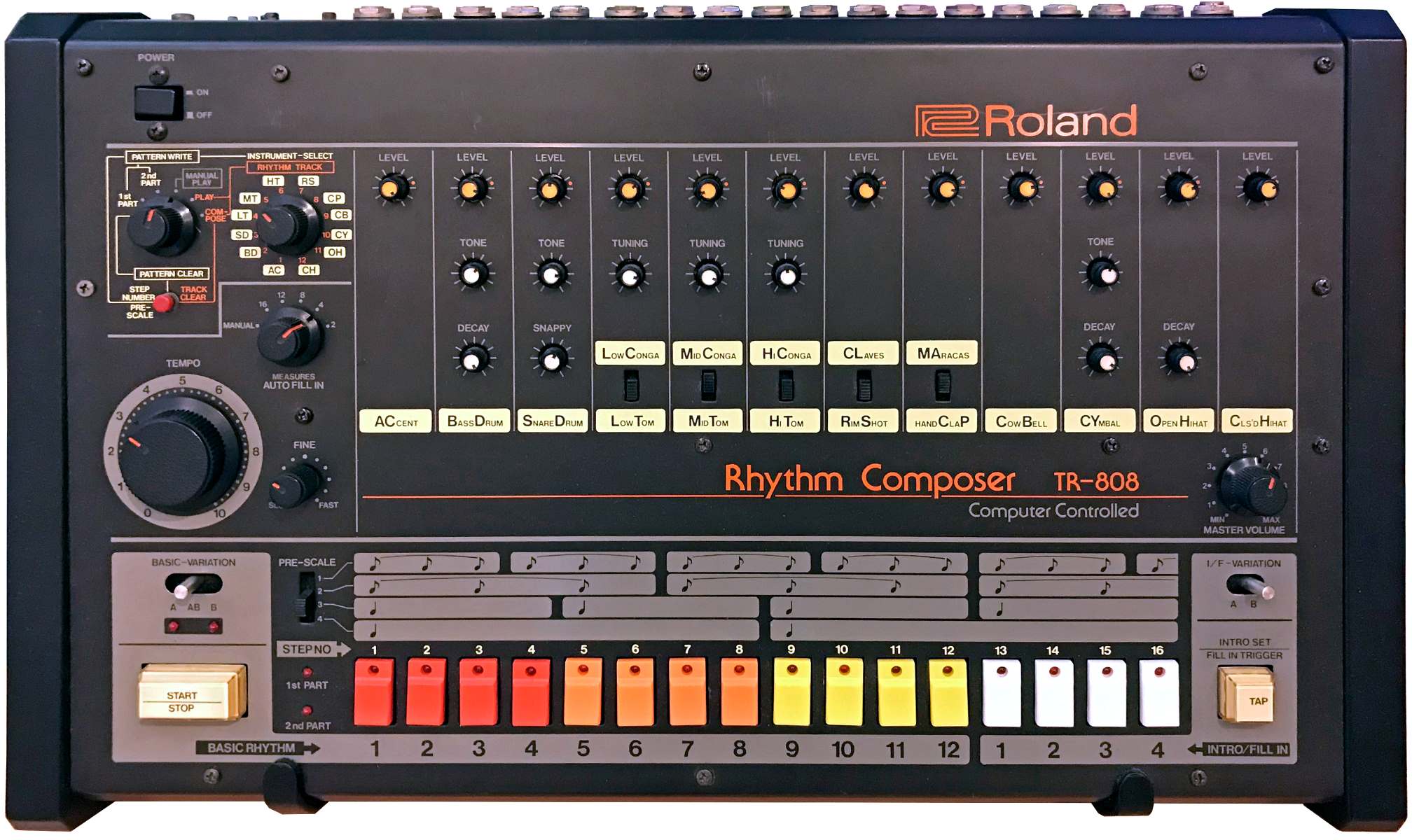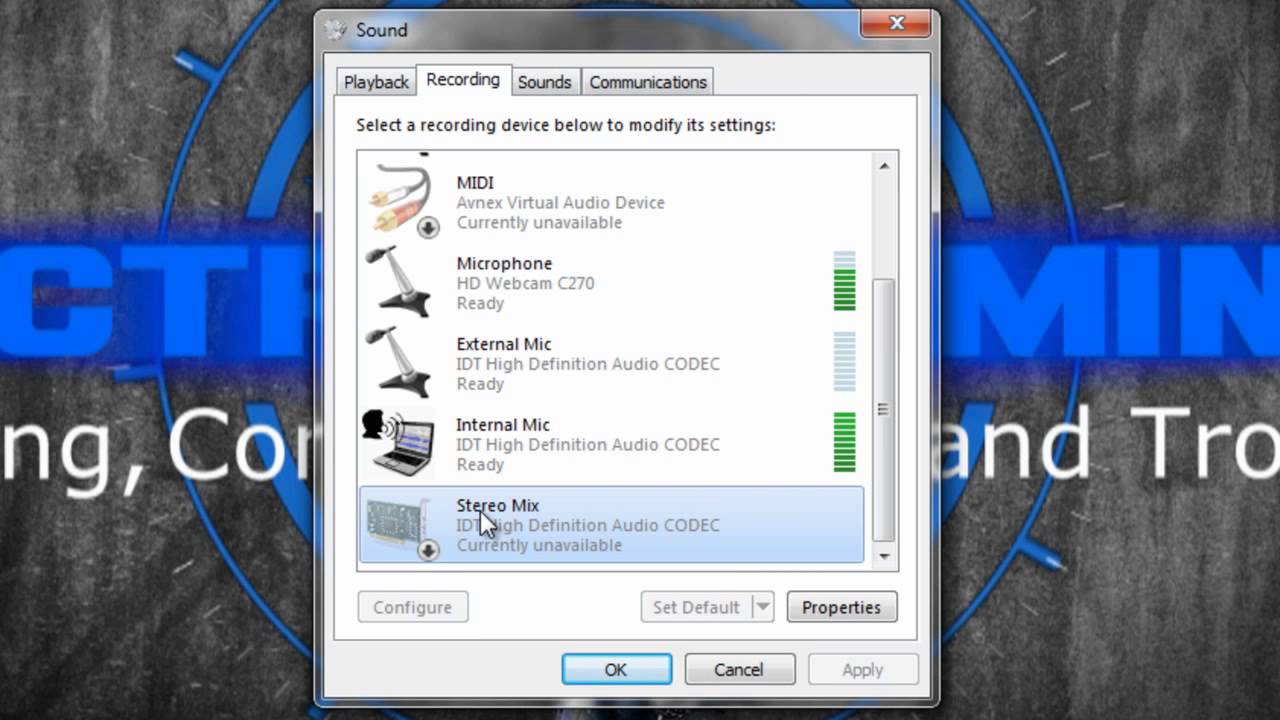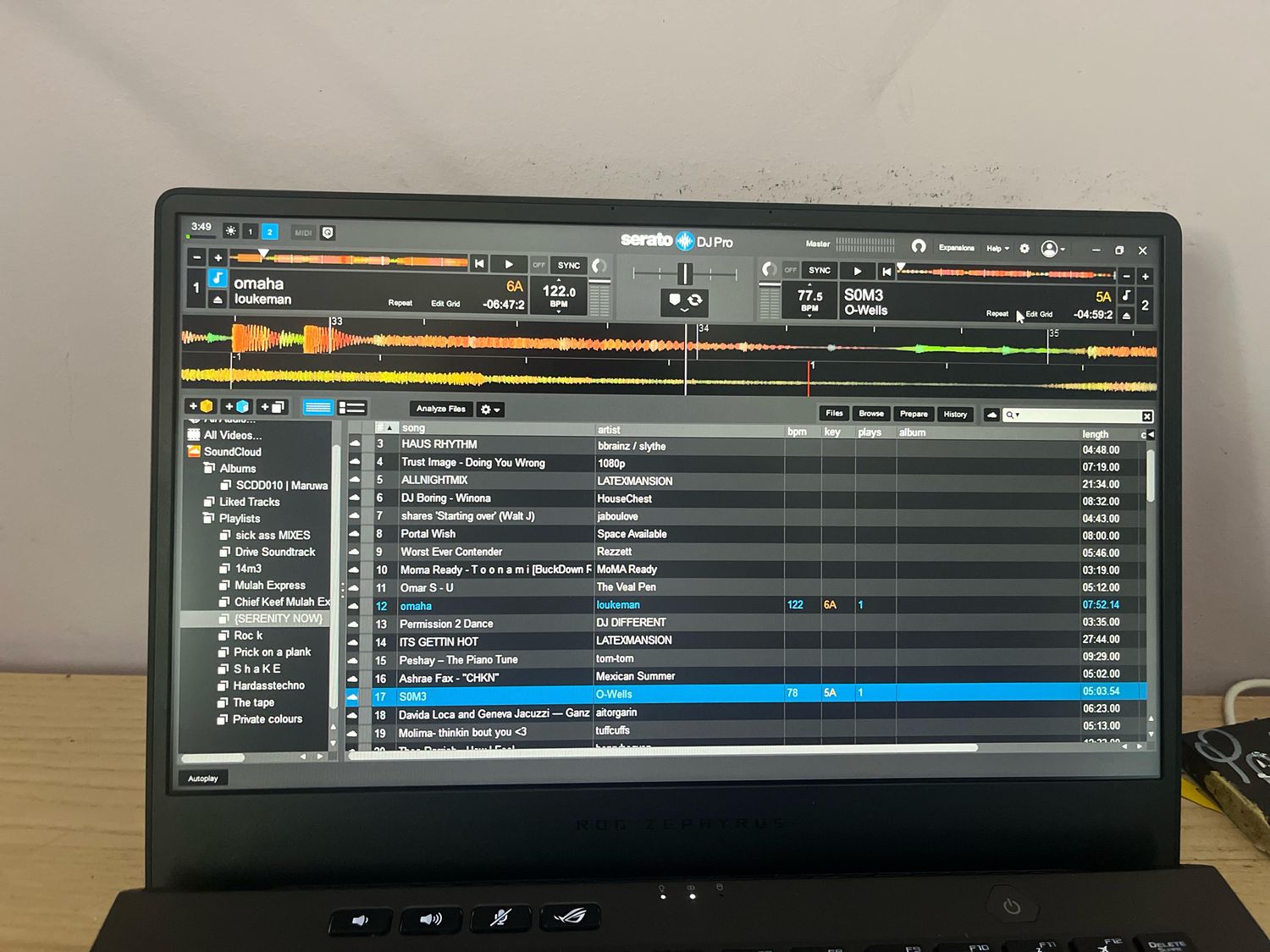Home>Instruments>Drums>How To Mix 808 Drums


Drums
How To Mix 808 Drums
Published: February 7, 2024
Learn how to mix 808 drums like a pro with our comprehensive guide. Get expert tips and techniques for achieving the perfect drum sound. Master the art of drum mixing now!
(Many of the links in this article redirect to a specific reviewed product. Your purchase of these products through affiliate links helps to generate commission for AudioLover.com, at no extra cost. Learn more)
Table of Contents
**
Introduction
**
If you've ever found yourself grooving to a hip-hop, trap, or electronic track, chances are you've been captivated by the deep, rumbling bass and punchy, powerful beats of the 808 drums. These iconic sounds have become synonymous with modern music production, and learning how to mix 808 drums effectively is crucial for creating tracks that truly hit hard and move the listener.
In this comprehensive guide, we'll delve into the art of mixing 808 drums, exploring the techniques and strategies that can help you achieve professional-grade results. From understanding the unique characteristics of 808 drums to selecting the right samples, applying layering techniques, and implementing EQ, compression, and effects, we'll cover every aspect of the mixing process. Additionally, we'll provide valuable tips and tricks to elevate your 808 drum mixes to the next level.
Whether you're a seasoned producer looking to refine your skills or a newcomer eager to learn the ropes, mastering the art of mixing 808 drums can significantly enhance the impact and quality of your music. So, let's dive in and unlock the secrets to crafting thumping, dynamic 808 drum mixes that demand attention and elevate your productions to new heights.
Understanding 808 Drums
Before diving into the intricacies of mixing 808 drums, it’s essential to grasp the fundamental characteristics and origins of these iconic sounds. The term “808” refers to the Roland TR-808 Rhythm Composer, a legendary drum machine released in the early 1980s. The machine’s deep, booming bass and distinctive analog tones quickly gained popularity in various music genres, ultimately shaping the sound of modern hip-hop, trap, and electronic music.
At the core of 808 drums lies the iconic kick drum, renowned for its extended low-frequency range and impactful thump. Additionally, the machine features a range of other percussion sounds, including snares, hi-hats, claps, and more, each with its own unique sonic characteristics.
One of the defining traits of 808 drums is their analog nature, which imparts a rich, warm, and organic quality to the sounds. This analog character contributes to the overall appeal of 808 drums and sets them apart from their digital counterparts.
Furthermore, 808 drums are revered for their ability to cut through the mix and deliver immense power, making them a staple in contemporary music production. When mixed effectively, these sounds can drive the rhythm and energy of a track, creating a visceral and engaging listening experience for the audience.
Understanding the sonic attributes and historical significance of 808 drums is crucial for approaching the mixing process with respect for the tradition and innovation that these sounds represent. By harnessing the unique sonic qualities and cultural impact of 808 drums, producers can craft mixes that pay homage to the legacy of these iconic sounds while pushing the boundaries of creativity and sonic expression.
Choosing the Right Samples
When embarking on the journey of mixing 808 drums, the foundation of a stellar mix lies in selecting high-quality samples. The right samples serve as the building blocks for a powerful and impactful drum mix, setting the stage for a polished and professional sound.
First and foremost, it’s crucial to seek out samples that capture the essence of the 808 drum machine while offering a modern and versatile sonic character. Look for kick drum samples that feature a deep, resonant low end and a pronounced attack, ensuring that they can cut through the mix with clarity and authority. Additionally, explore a variety of snare, clap, and hi-hat samples to diversify your drum palette and infuse your mixes with dynamic textures and tones.
When evaluating samples, pay close attention to their tonal balance, transient response, and overall sonic integrity. Seek out samples that exhibit minimal distortion, unwanted artifacts, or phase issues, as these imperfections can compromise the clarity and impact of your drum mix.
Furthermore, consider the context in which the 808 drums will be used within your production. Whether you’re crafting a hard-hitting trap banger, a laid-back R&B groove, or an experimental electronic composition, tailoring your sample selection to align with the stylistic and sonic demands of your music is essential.
Exploring reputable sample libraries, drum kits, and sound packs can provide a wealth of high-quality 808 drum samples, offering a diverse array of options to suit your creative vision. Additionally, don’t hesitate to experiment with layering and blending different samples to create custom hybrid sounds that elevate your drum mixes to new heights.
By meticulously curating your sample collection and prioritizing sonic excellence, you can lay a solid foundation for your 808 drum mixes, setting the stage for a sonic journey that captivates and resonates with listeners.
Layering Techniques
Layering is a fundamental aspect of crafting compelling 808 drum mixes, allowing producers to imbue their sounds with depth, impact, and sonic richness. By strategically combining multiple drum samples, producers can create composite sounds that transcend the limitations of individual samples, resulting in a cohesive and powerful sonic identity.
One effective layering technique involves blending multiple kick drum samples to construct a robust and harmonically rich low-end foundation. By combining a deep, sub-heavy kick with a mid-range punchy kick, producers can achieve a balanced and full-bodied sound that resonates across a wide frequency spectrum. Additionally, layering in a top-end kick or adding a click sound can enhance the transient impact and high-frequency presence of the kick drum, further elevating its clarity and definition within the mix.
Similarly, layering snare and clap samples can yield dynamic and expressive results, enabling producers to sculpt the tonal and textural characteristics of their drum mixes. Experimenting with layering various snare samples, such as a tight, snappy snare combined with a wide, ambient snare, can create a sense of dimension and spaciousness, enriching the overall sonic landscape of the mix.
Furthermore, exploring layering techniques for hi-hats, percussion, and other 808 drum elements can add nuance and complexity to the rhythmic fabric of a track, infusing it with movement and energy.
When implementing layering techniques, it’s essential to maintain a discerning ear and exercise restraint to avoid cluttering the mix with excessive layers. Each layer should serve a distinct sonic purpose, contributing to the overall coherence and impact of the drum mix without introducing sonic muddiness or conflicting frequencies.
By embracing the art of layering, producers can unleash the full sonic potential of 808 drums, sculpting mixes that resonate with depth, nuance, and sonic vitality.
EQ and Compression
EQ and compression are indispensable tools in the arsenal of a producer seeking to sculpt and refine the sonic character of 808 drums. These processing techniques play a pivotal role in shaping the tonal balance, dynamic range, and overall impact of the drum mix, allowing producers to unleash the full potential of their 808 drum sounds.
When applying EQ to 808 drums, it’s essential to address the unique frequency characteristics of each drum element. For kick drums, focusing on the low-end frequencies can help accentuate the subsonic weight and impact, while attenuating any muddiness or unwanted resonances. Additionally, sculpting the midrange and high-frequency content of the kick drum can enhance its clarity and presence within the mix.
Similarly, employing EQ to shape the tonal profile of snares, claps, hi-hats, and other 808 drum elements can refine their sonic characteristics, ensuring that they occupy their respective frequency spaces with clarity and definition.
Compression plays a vital role in controlling the dynamic range and transient impact of 808 drums, allowing producers to achieve a consistent and polished sound. When compressing kick drums, applying a moderate amount of compression can help tighten the low-end impact and ensure that the kick cuts through the mix with authority. For snares and claps, compression can enhance the sustain and body of the sounds, adding weight and presence to the rhythmic backbone of the track.
Furthermore, parallel compression techniques can be employed to impart additional energy and intensity to 808 drum mixes, creating a sense of power and impact without sacrificing the natural dynamics of the original sounds.
By judiciously applying EQ and compression, producers can unlock the full sonic potential of 808 drums, sculpting mixes that captivate listeners with their clarity, punch, and sonic finesse.
Adding Effects
Integrating effects into the 808 drum mix is a transformative process that can elevate the sonic character and expressive potential of the sounds. By judiciously applying reverbs, delays, modulation effects, and spatial processing, producers can imbue their drum mixes with depth, dimension, and immersive sonic textures.
Reverb serves as a foundational effect for creating a sense of space and ambience around 808 drums. When applying reverb to kick drums, subtle room ambience or a short, tight reverb can add a sense of depth and dimension without muddying the low-end impact. For snares and claps, experimenting with varying reverb decay times and pre-delay settings can shape the perceived distance and spatial placement of these percussive elements within the mix.
Delays offer a versatile tool for infusing rhythmic interest and movement into 808 drum mixes. Employing short, rhythmic delays on hi-hats and percussion can introduce a sense of groove and liveliness, while longer delays on snare drums can create a spacious and expansive sonic environment.
Modulation effects, such as chorus, flanger, and phaser, can impart a sense of movement, warmth, and sonic character to 808 drum sounds. Subtle modulation on hi-hats and cymbals can add shimmer and vibrancy, while applying modulation to kick drums and snares can introduce unique tonal textures and spatial nuances.
Spatial processing, including stereo widening, panning, and spatial enhancement, can further enhance the immersive quality of 808 drum mixes, enveloping listeners in a captivating sonic panorama.
Moreover, exploring creative effects, such as distortion, saturation, and granular processing, can push the boundaries of sonic experimentation, infusing 808 drum mixes with unconventional and captivating sonic flavors.
By thoughtfully incorporating effects into the mixing process, producers can unlock the expressive potential of 808 drums, sculpting mixes that captivate and transport listeners to immersive sonic realms.
Mixing Tips and Tricks
As you embark on the journey of mixing 808 drums, incorporating the following tips and tricks into your workflow can significantly enhance the impact and cohesiveness of your drum mixes.
- Reference Tracks: When mixing 808 drums, referencing professional tracks in similar genres can provide valuable insights into achieving a balanced and impactful sound. Analyze the tonal balance, dynamic range, and spatial characteristics of reference tracks to inform your own mixing decisions.
- Subtractive EQ: Utilize subtractive EQ techniques to carve out space for the fundamental frequencies of your 808 drums. By attenuating competing frequencies in other elements of the mix, such as basslines or synths, you can ensure that the low-end energy of the 808 drums remains prominent and unobstructed.
- Sidechain Compression: Implementing sidechain compression can help create sonic clarity and prevent frequency masking within the mix. By sidechaining elements such as basslines to the kick drum, you can ensure that the low frequencies of the kick remain prominent without conflicting with other bass-heavy elements.
- Mono Compatibility: Verify the mono compatibility of your 808 drum mix to ensure that the low-end energy remains impactful and coherent when played through mono playback systems. Pay attention to phase coherence and mono summing to maintain the integrity of the low frequencies.
- Dynamic Automation: Embrace dynamic automation to add movement and variation to your 808 drum mixes. Experiment with automating parameters such as reverb sends, panning, and filter cutoffs to introduce evolving sonic dynamics throughout the track.
- Ear Fatigue Management: Take regular breaks and manage ear fatigue during the mixing process to maintain a fresh perspective on your 808 drum mixes. Periodic rest intervals can prevent auditory fatigue and facilitate critical listening, allowing you to make informed mixing decisions.
By integrating these tips and tricks into your mixing approach, you can refine the sonic impact and cohesiveness of your 808 drum mixes, elevating them to a professional standard that captivates and resonates with listeners.
Conclusion
Mastering the art of mixing 808 drums is a journey that intertwines technical prowess with creative intuition, culminating in drum mixes that exude power, depth, and sonic finesse. By understanding the historical significance and sonic characteristics of 808 drums, selecting high-quality samples, employing layering techniques, and leveraging EQ, compression, and effects, producers can unlock the full potential of these iconic sounds.
As you venture into the realm of 808 drum mixing, remember that experimentation and attentive listening are your allies. Embrace the nuances of each drum sound, sculpting them with precision and artistry to create mixes that resonate with impact and emotion.
Furthermore, the journey of mixing 808 drums is a process of continual growth and refinement. Stay open to learning from both seasoned professionals and your own sonic explorations, allowing each mix to serve as a stepping stone toward honing your craft and developing a signature sound that captivates and inspires.
Ultimately, the art of mixing 808 drums transcends technical proficiency, inviting producers to infuse their mixes with creativity, passion, and a deep understanding of the rhythmic foundations that underpin modern music. As you embark on this sonic odyssey, may your 808 drum mixes pulsate with energy, resonate with clarity, and leave an indelible imprint on the sonic landscape.











